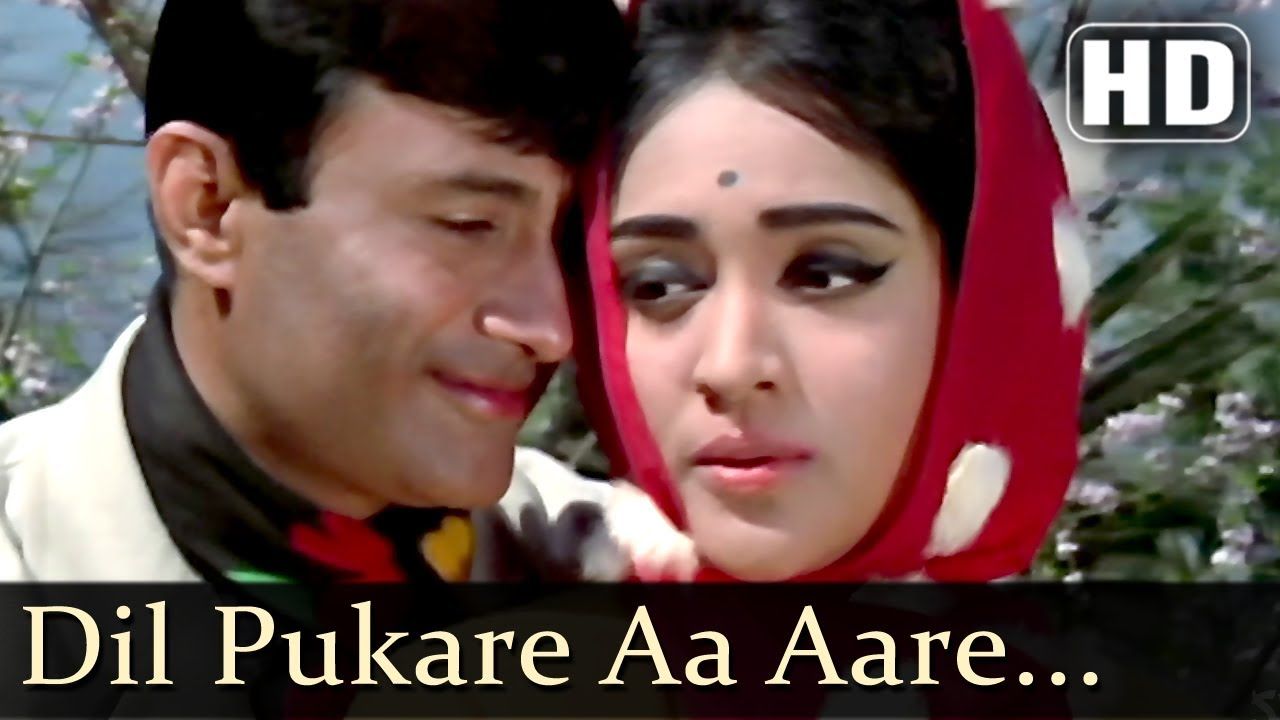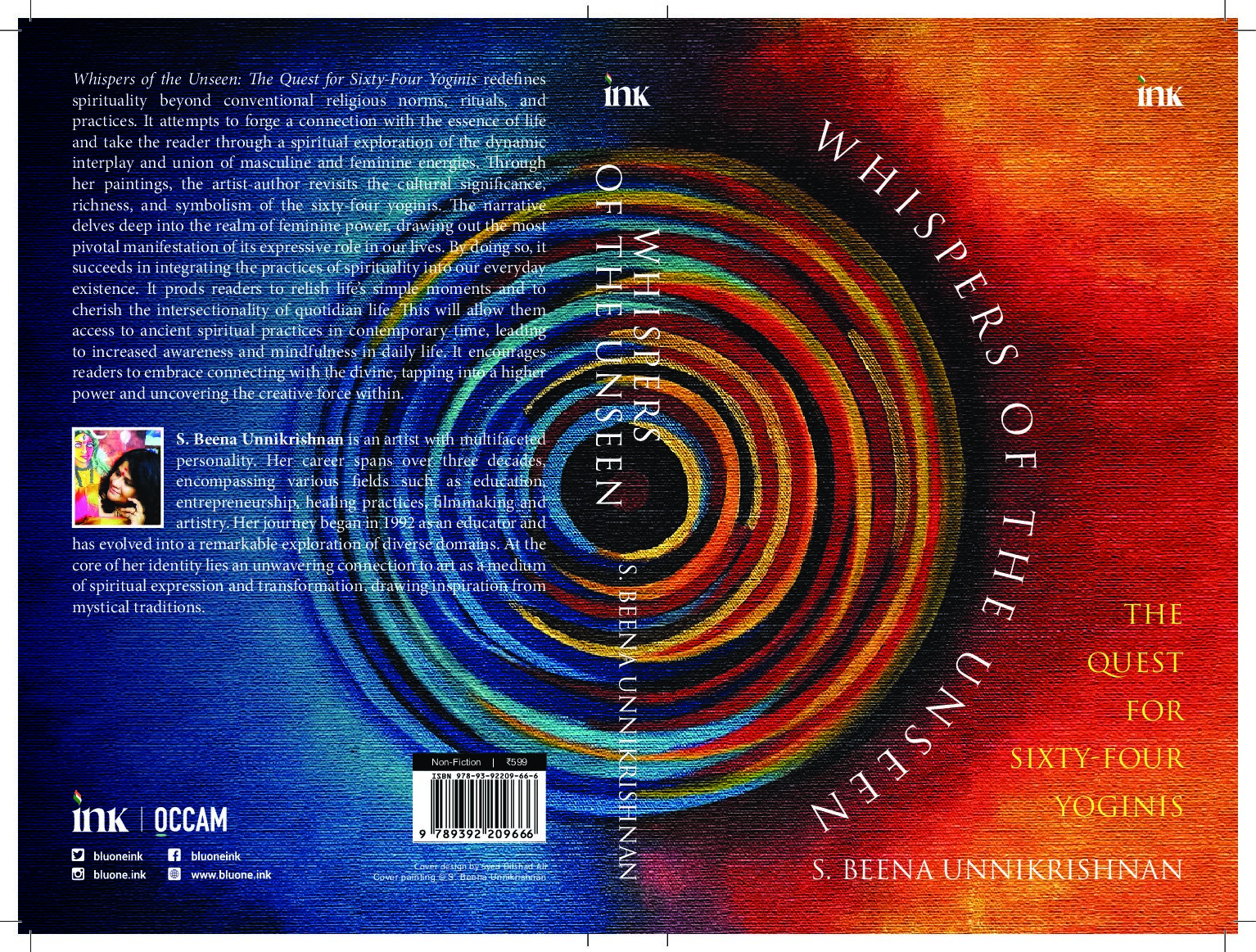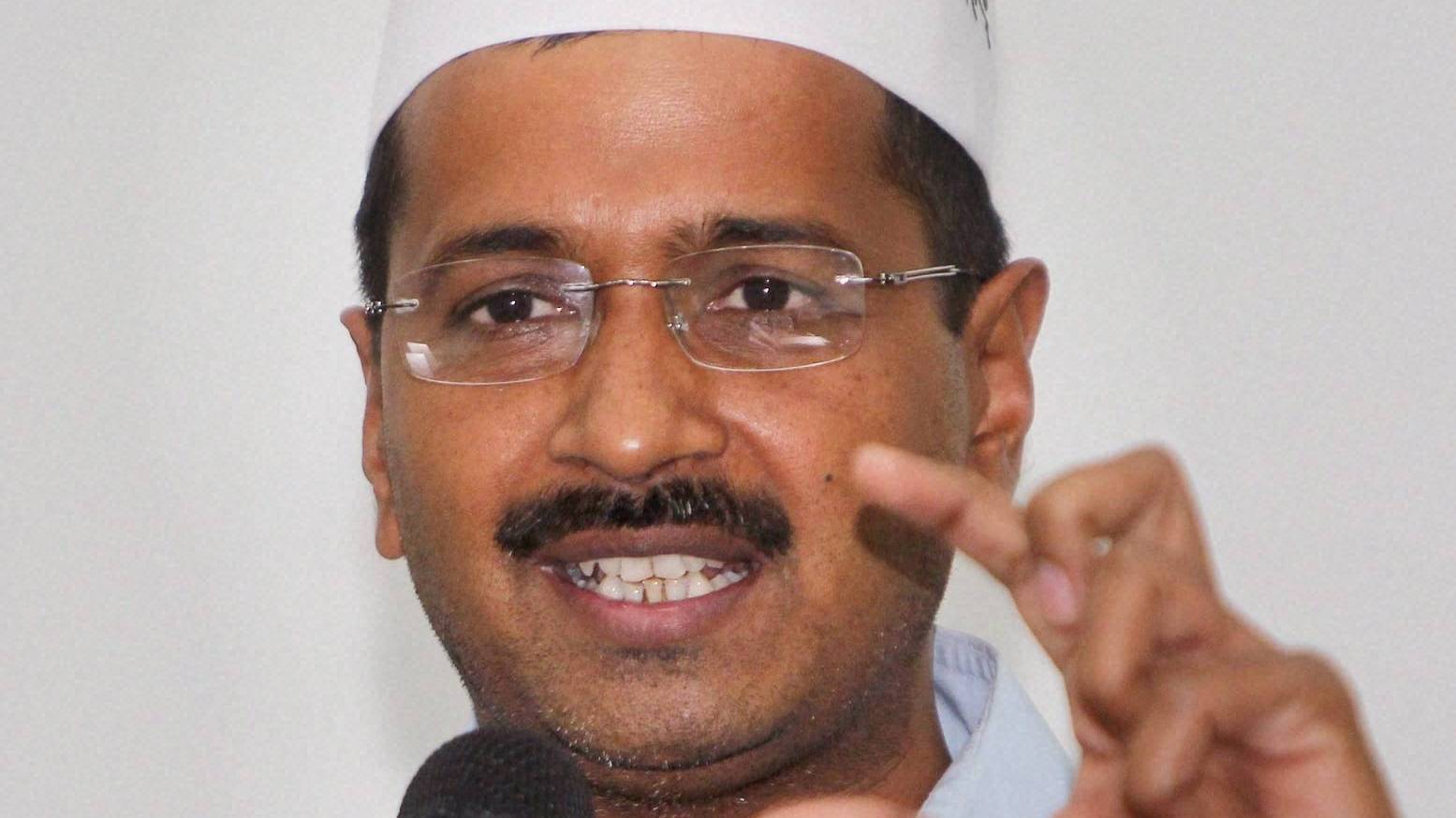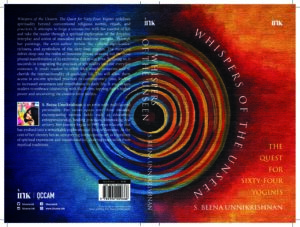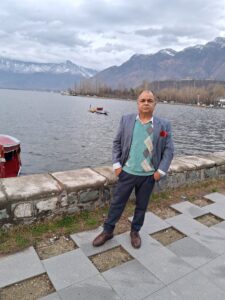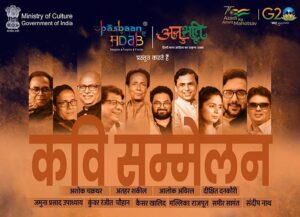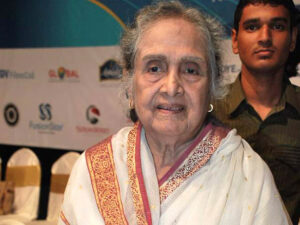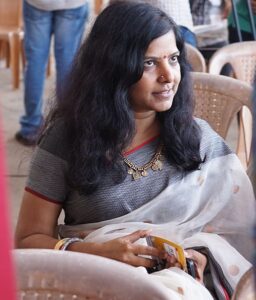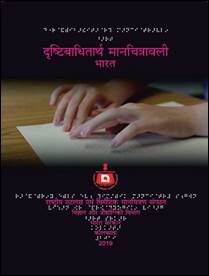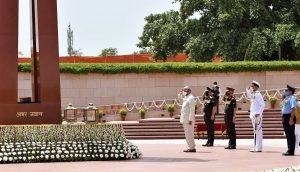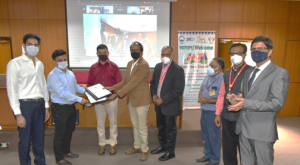So mundane
Ravi Shanker Kapoor | July 30, 2019 11:04 pm
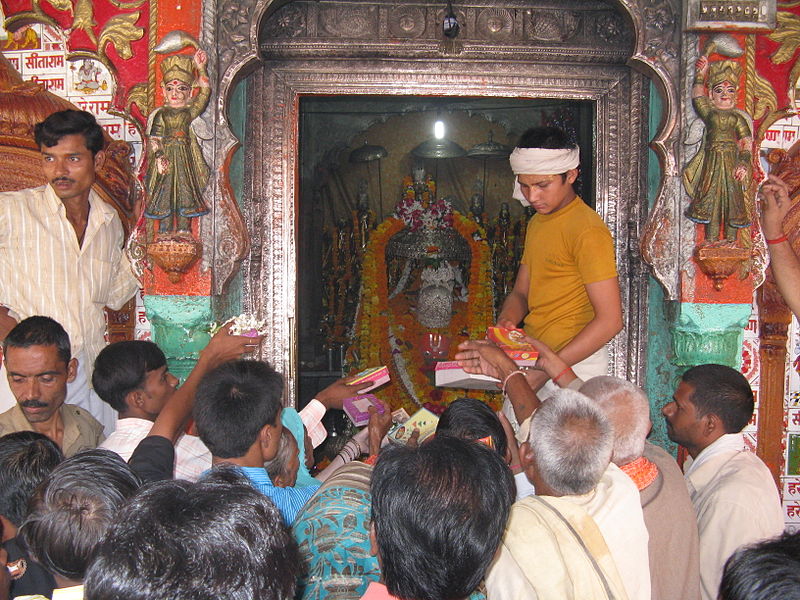
A visit to Ayodhya, I was told, would drive me to my faith. Being an agnostic Hindu, I wasn’t very sure. Yet, it is the city that has been in the news for decades because of the mandir-masjid dispute; every journalist would like to visit such a place, out of professional curiosity if not religious devotion. Which I did.
We reached the city at quarter past 11 in the morning; we were under the impression that the temple would be open at least till 12 o’clock noon. But in summers, it shuts down at 11 a.m., opening again at 2 p.m. So, we had to spend over two and a half hours in the city. The prospect was not very exciting, for not only the town had failed to inculcate piety in me, it had actually made me uneasy.
The area surrounding the main shrine is typical of UP temple towns: messy with dirty, open drains; often pervaded with unpleasant smells; streets infested with cattle and monkeys; devotees chased by beggars of all ages and genders. It is not uncommon to find men urinating in drains even in crowded markets, the posters about Swachh Bharat notwithstanding.
We visit the Hanuman Garhi Temple. Outside it, there are shops selling prasad and flowers and garlands of chameli, marigold, and rose.
Made in the manner of a fort, hence ‘Garhi’ in the name, the temple is at an elevation. One has to climb 76 steps to enter it. On both sides of the stairs, beggars are sitting. Some of them start bickering; as it grows louder, a priest comes out of the premises and chides them; they get quieted.
People from all over the country are trooping into the temple. A lot of them are in saffron clothes, many of them being Kanwarias. Some are chanting mantras, most shouting slogans of Jai Shri Ram. The devotees stop at various enclosures. They take charnamrit (sacrament) from one. Another one has a couple of men singing a bhajan, one on harmonium and the other on dholki.
The floor and walls are made of marble. They have the names of donors engraved. There are bigger blocks with stanzas from scriptures.
A blend of smells—arising out of incense, religious lamps, human presence, etc.—pervades the premises. It is not just the devotees who swarm the place; police, both men and women, also have a huge presence.
The police presence near the makeshift Ram Temple is even bigger. The frisking is strict—no tobacco, no pens and mobile phones, no leather items like belts, not even simple medicine like Saridon (I have to deposit a strip of tablets). The walk to the shrine is not long but is made much longer by the labyrinthine, barricaded pathway. In the area surrounding the pathway, there are CRPF personnel.
As we reach the small shrine of Ram lalla, a priest is sitting on the other side of the barricade. He gives us charnamrit, puts a tika on our foreheads, and gives us prasad, bowls made of sugar. We consume some of it; my friend holds the rest in his hand. As we are moving towards the exit gate, a monkey approaches us, or rather towards the hand in which he is holding the prasad; it was not a friendly approach. My friend throws the prasad at the monkey. It leaves us, concentrating on the prasad.
It is not our first rendezvous with monkeys; on two earlier occasions in the day, they had snatched sweetmeats from our hands.
The presence of cows, though it didn’t trouble us, is larger. There was a shop near the eatery where we had our lunch. It sells a variety of products made from cow milk. And it’s not just cow that is important; it ought to be desi cow. They are eager to tell you the benefits only the desi cow has in contradistinction with Jersey cattle. Politics has blended with not just faith but also economy and ecology.
In my four-hour stay at Ayodhya, I didn’t experience any epiphany; there was no eureka moment. I was the same person—an agnostic—coming out of the temple town as I was entering it. It also had a lot to do with my family background. My paternal grandfather was an Arya Samajist, which resulted in minimal ritualism in our family.
I found nothing esoteric about the town—just untidy disorder that is the defining feature of urban India. Indeed it doesn’t excel even in its mundaneness.
Why is it that what I see in Ayodhya, the devout Hindus don’t? Perhaps, it’s because faith, like love, is blind. In the oriental world, it does more than that; it also numbs the faculties of sound and smell. Or, perhaps, I have become, what the sanskaris deride as, a Macaulayan man. As the British imperialist famously—or infamously, depending upon your predilection—wrote: “We must at present do our best to form a class who may be interpreters between us and the millions whom we govern; a class of persons, Indian in blood and color, but English in taste, in opinions, in morals, and in intellect.”
The question is: what’s the point of being an authentic Indian, uncorrupted by Macaulayan genes, if you can’t call a spade a spade and see squalor as squalor? Religious faith may have salutary outcomes, but if it deadens senses and subdues reason, it has already degenerated into superstition and ritual.
Picture: Hanuman Garhi Temple, Ayodhya
Courtesy: Wikimedia



